Graphic Journalism: Use comics to tell real stories
Course final project
A course by Takoua Ben Mohamed , Graphic Journalist and Author
Joined March 2022
About the final project for: Graphic Journalism: Use comics to tell real stories
Graphic Journalism: Use comics to tell real stories
“During the lessons I taught you all the secrets for creating a journalistic story conveyed through a comic strip, now it's your turn! Follow these basic steps to get your project done. Don't just copy my example, but experiment and invent something new. In this way, you will learn to independently apply the techniques I have taught you and you will give more room for creativity. Choose a theme for your story The choice of theme varies a lot from the interest and sensitivity that the author has in general, but also from what you are commissioned by the publisher, magazines or by the same organizations with which you leave to make reports. I advise you to choose a topic that is very close to your heart.
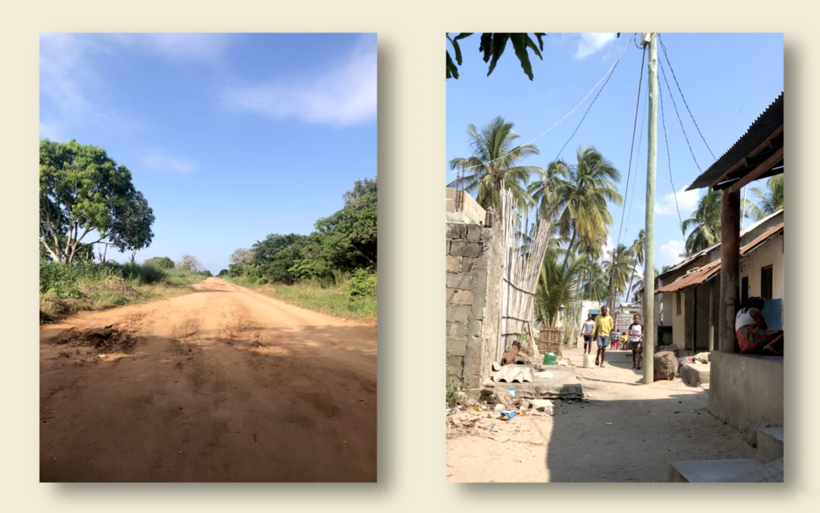
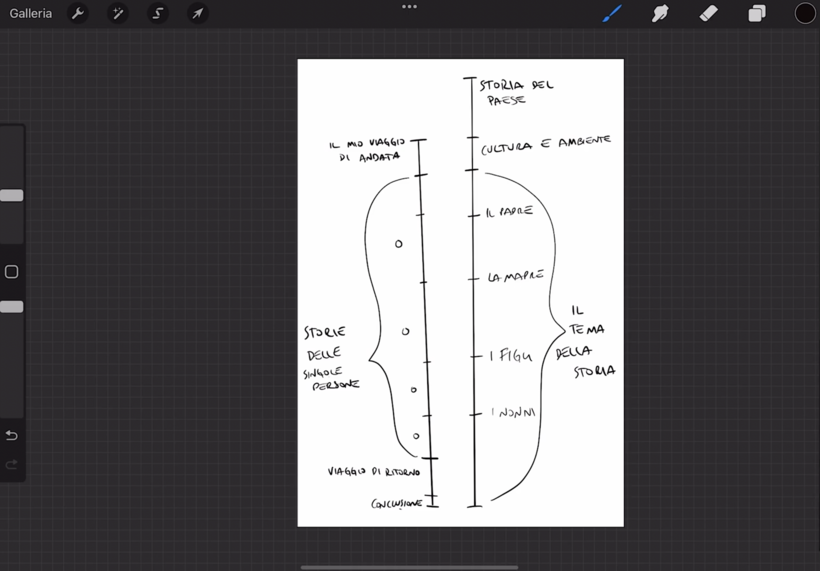


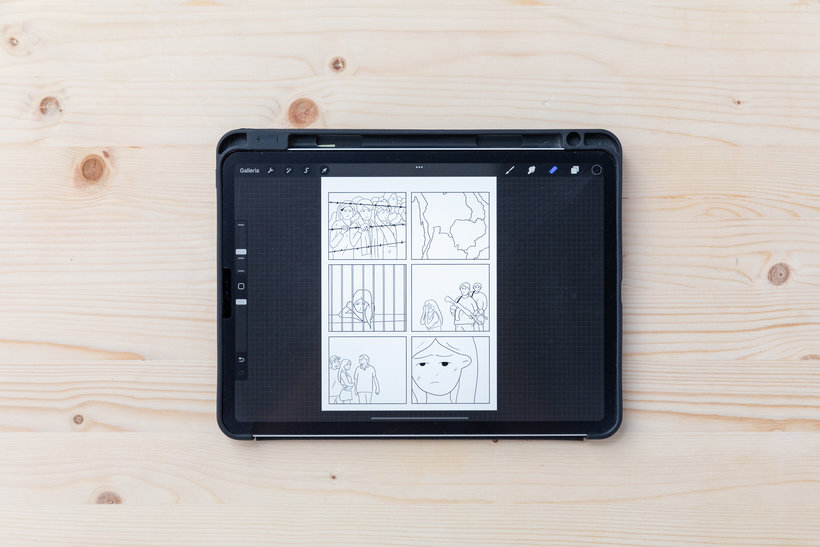
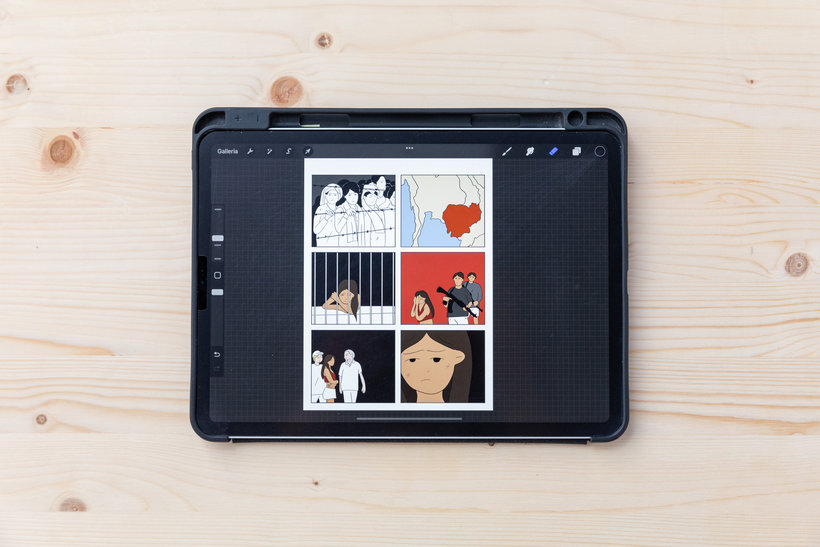
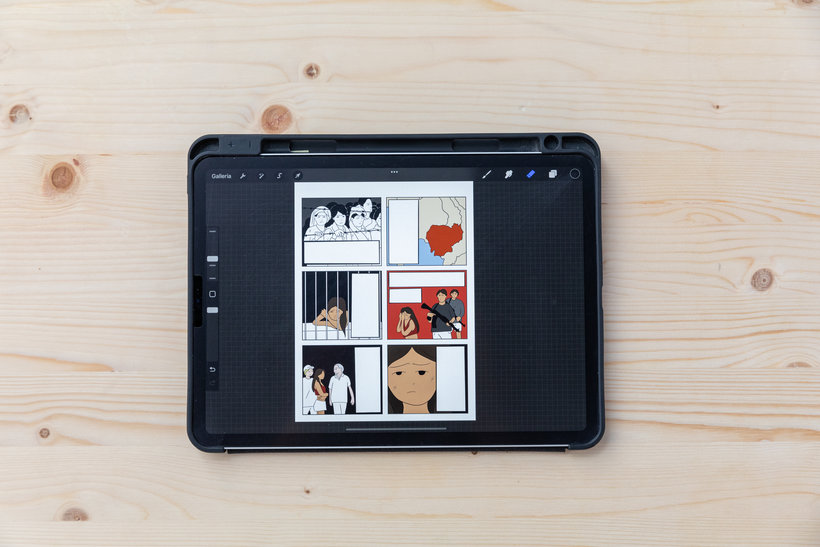
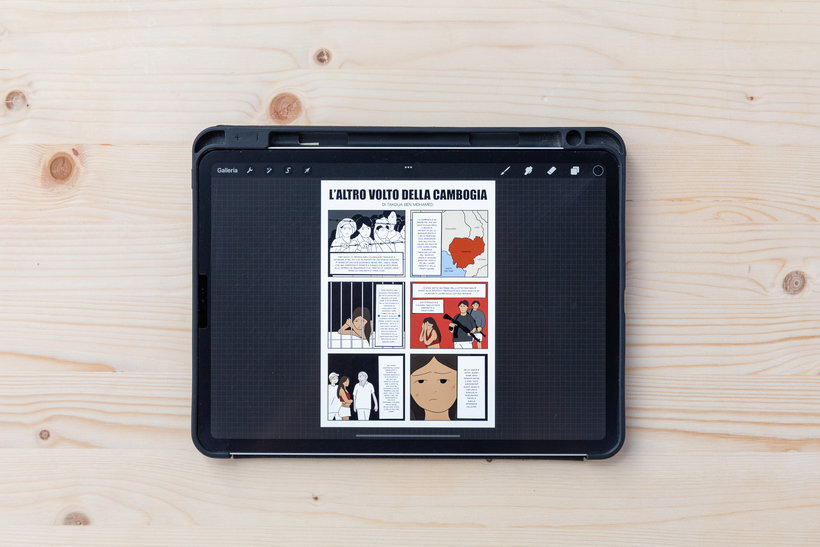
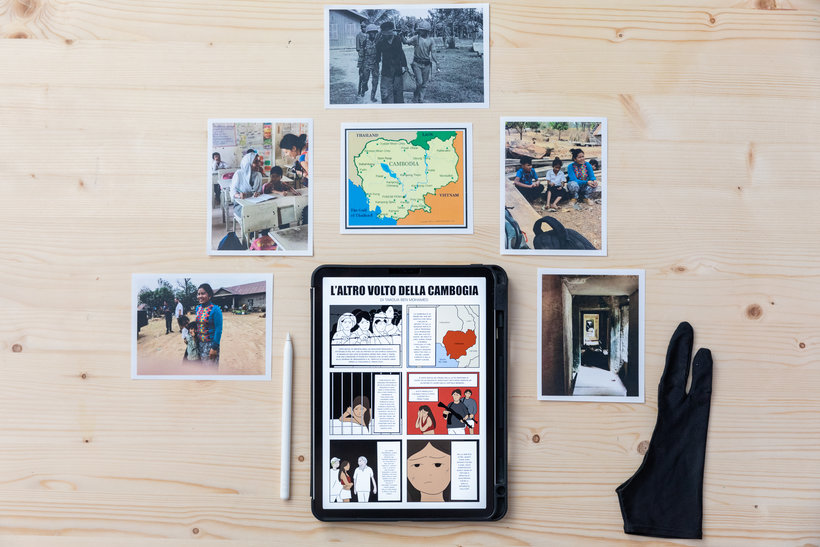
Partial transcription of the video
“Final project HI! Here we are at the end of this Domestika course. Thank you so much for following my lessons. During the course, we saw how to transform a topical issue on a comic page. Now it's your turn to translate a story that is close to your heart in an illustration. I chose to tell the status of women in Cambodia, often victims of exploitation and violence. My story is the result of a journey which I actually did. You can choose to tell the status of women in your country or choose a different theme. It all starts with a reflection on the theme and the tone of voice. Put yourself in...”
This transcript is automatically generated, so it may contain mistakes.
Course summary for: Graphic Journalism: Use comics to tell real stories
-
Category
Illustration, Writing -
Areas
Comic, Creative Writing, Digital Illustration, Traditional illustration

Takoua Ben Mohamed
A course by Takoua Ben Mohamed
Takoua Ben Mohamed is an author and cartoonist of graphic journalism comics, specialized in animation cinema at the Nemo Academy of Digital Arts in Florence. She began to use her drawings to tell the story of her family members, political activists against the Tunisian dictatorship of Ben Ali who were later exiled to Italy.
Awarded numerous awards, including the Special Award for Best Graphic Journalism at European level (2019), she was defined as Woman of the Year by the magazine D - la Repubblica delle donne (2021). Among his most famous titles are Under the veil (ed. Becco Giallo) and My best friend is a fascist (Rizzoli).
- 91% positive reviews (11)
- 568 students
- 10 lessons (1h 30m)
- 13 additional resources (4 files)
- Online and at your own pace
- Available on the app
- Audio: Italian
- Spanish · English · Portuguese · German · French · Italian · Polish · Dutch · Turkish
- Level: Beginner
- Unlimited access forever
Category
Areas

